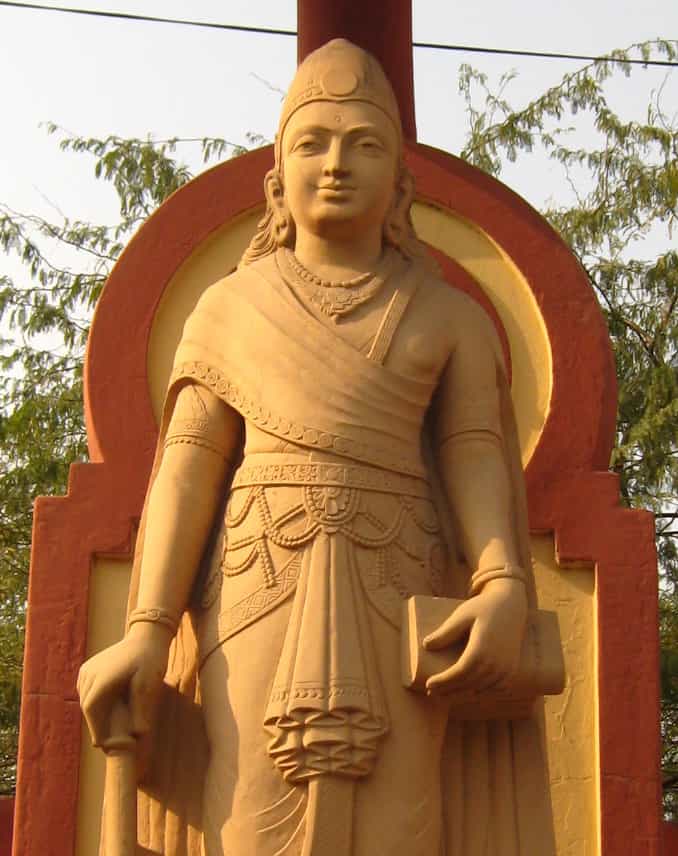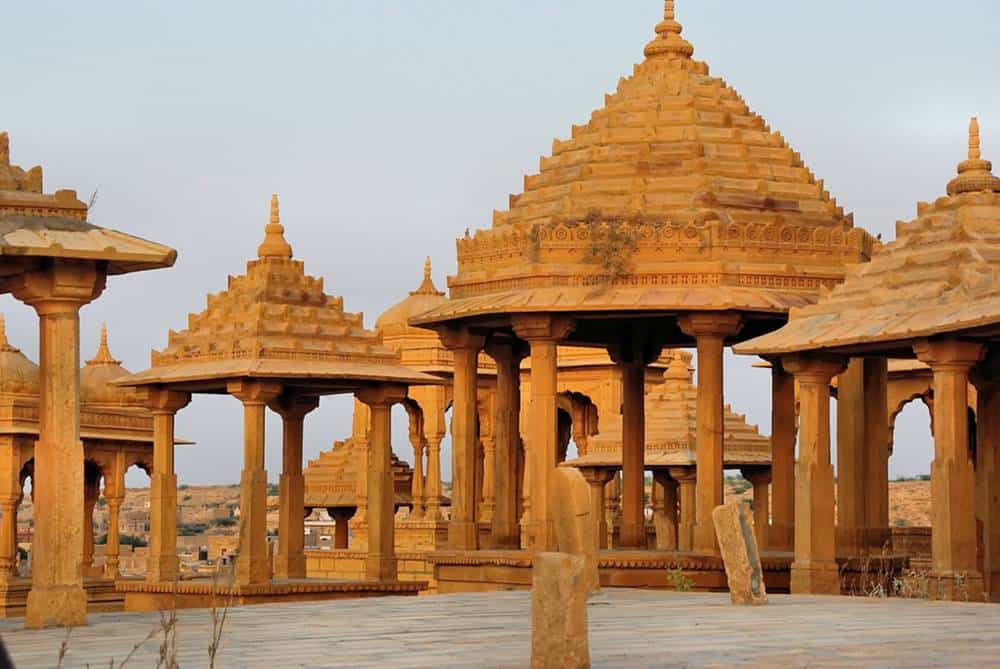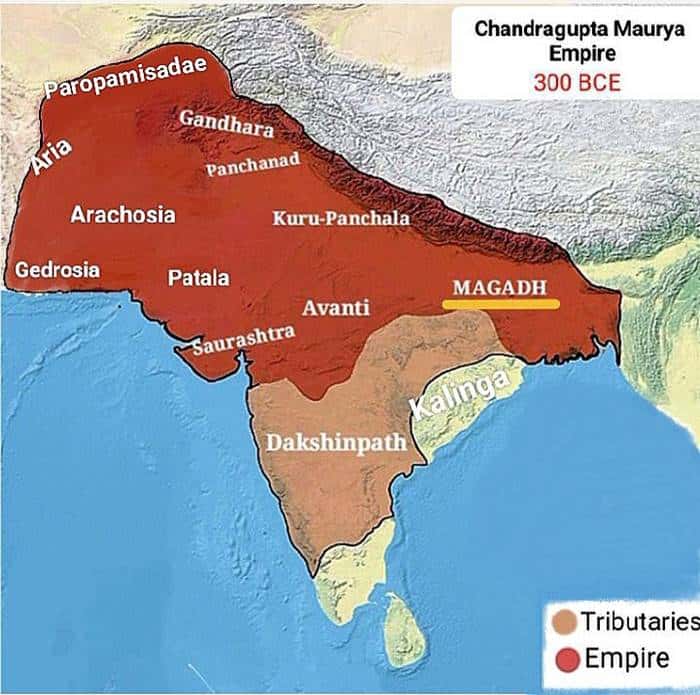The Maurya Empire – the Golden Age of Ancient India
In the annals of Indian history, the Maurya Empire stands as a testament to the zenith of power and cultural brilliance during ancient times. Central to this empire’s narrative is the remarkable figure of Chandragupta Maurya, whose reign marked a Golden Age for Ancient India.
Foundation of the Maurya Empire

The Maurya Empire’s roots delve deep into the historical tapestry of ancient India. Emerging in a time of political turbulence, Chandragupta Maurya’s ascent to power was nothing short of extraordinary. With a strategic alliance and shrewd political maneuvering, he laid the foundation for an empire that would leave an indelible mark on history.
Chandragupta’s Rule and Administration

Chandragupta Maurya, once at the helm, implemented visionary administrative reforms that shaped the empire’s governance structure. His keen understanding of statecraft allowed for efficient administration, fostering stability and prosperity within the vast Mauryan domains.
Military Achievements
The Mauryan Empire’s expansion under Chandragupta was facilitated by a formidable military apparatus. Notable battles and strategic brilliance on the part of Chandragupta contributed to the empire’s territorial growth, solidifying its standing as a dominant force in the region.
Ashoka the Great
Following Chandragupta, his grandson Ashoka ascended to the throne, earning the epithet “the Great.” Ashoka’s reign is synonymous with benevolent rule and a commitment to peace. His embrace of Buddhism and efforts towards moral governance left an enduring impact on the Mauryan legacy.
Cultural and Economic Prosperity

The Golden Age of the Maurya Empire witnessed unparalleled cultural and economic prosperity. Flourishing arts, literature, and economic advancements became defining features of this era, contributing to the empire’s grandeur.
Social Structure and Religious Tolerance
Mauryan society reflected a diverse tapestry, and Chandragupta’s approach to religious tolerance set a precedent for harmonious coexistence. This open-mindedness fostered an environment where various religious beliefs thrived.
Decline of the Maurya Empire
As with many empires, the decline of the Maurya Empire was inevitable. Various factors, both internal and external, played a role in its fall. Despite this, the Mauryan legacy endured, leaving an indelible mark on the pages of history.
Historical Significance
The Maurya Empire’s influence transcended its time, shaping the course of future Indian empires. Chandragupta’s contributions laid the groundwork for governance systems that would continue to evolve in the centuries to come.
Challenges Faced by Chandragupta
Chandragupta’s rule was not without challenges, both internal and external. However, his strategic acumen and resilience in the face of adversity allowed him to navigate and overcome these difficulties, leaving a lasting legacy.
Legacy of Chandragupta Maurya
Chandragupta Maurya’s legacy endures in India’s historical consciousness. His impact on governance and his recognition in modern times showcase the enduring relevance of his rule.
Art and Architecture of the Mauryan Period
The Mauryan period saw remarkable achievements in art and architecture. Notable structures and sculptures stand as testaments to the artistic prowess and architectural advancements of this era.
Trade and Commerce in the Mauryan Empire

Economic policies and well-established trade routes contributed to the economic vibrancy of the Mauryan Empire. Its role in fostering commerce left an enduring legacy in the history of Indian trade.
Educational System during the Maurya Empire
Chandragupta’s commitment to education saw the promotion of learning and the establishment of educational institutions. Scholars flourished, contributing to the intellectual richness of the Mauryan period.
Conclusion
In retrospect, the Maurya Empire, under the leadership of Chandragupta, represents a pinnacle of ancient Indian civilization. Its cultural, political, and economic achievements laid the groundwork for the subcontinent’s future development, making it an indispensable chapter in the history of India.
Frequently Asked Questions
1.How did Chandragupta Maurya rise to power?
Chandragupta’s rise to power involved strategic alliances and political acumen, navigating the complex landscape of ancient India.
3. Why is Ashoka the Great remembered in history?
Ashoka’s commitment to peace, moral governance, and his embrace of Buddhism earned him the title “the Great.”
4.What factors contributed to the decline of the Maurya Empire?
The decline of the Maurya Empire was influenced by a combination of internal and external factors that affected its stability.
5.How did the Mauryan Empire impact future Indian empires?
The Mauryan Empire’s governance and cultural contributions laid the foundation for the development of future Indian empires.
Picture credits: https://commons.wikimedia.org/wiki/Main_Page ; https://www.worldhistory.org/
Like this post?
Give a glance to our other posts too : https://indyviews.in/blogsy/
